Since rideshare apps like Uber and Lyft opened their car doors for business more than 10 years ago, they have experienced incredible business success and a whole lot of problems, too.
The most recent challenge for the two companies has arrived in the form of the Minneapolis City Council, which is about to force Uber and Lyft to pay their drivers far more than they have been. In response, both Uber and Lyft have threatened to abandon the city if the legislation passes.
Minneapolis City Council Plans to Make Big Changes for Rideshare Companies
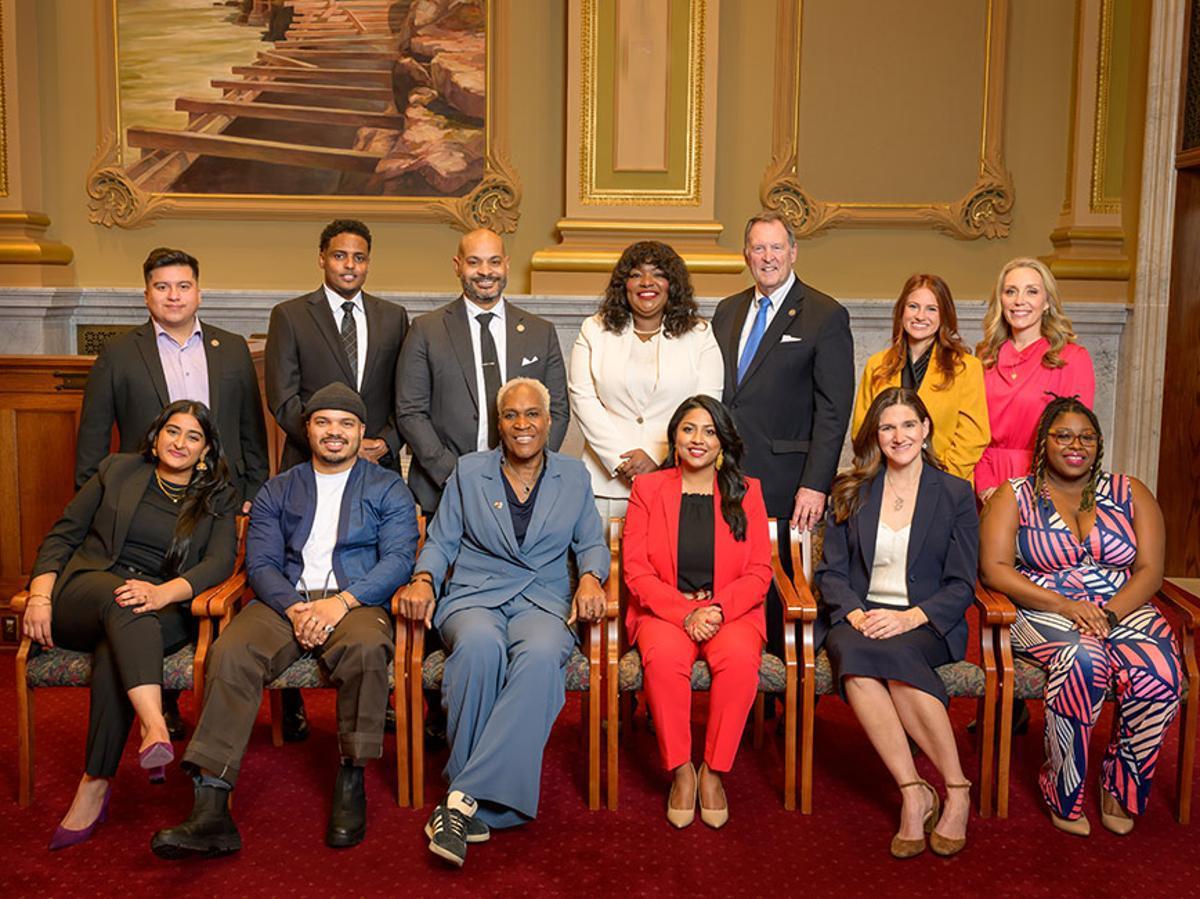
The Minneapolis City Council passed an ordinance on March 7, 2024, stating that rideshare companies such as Lyft and Uber will now have to pay their drivers $1.40 per mile and $0.51 per minute while en route.
The ordinance, which passed with a 9 to 4 vote, was then vetoed by the city’s mayor, Jacob Frey, the very next day, only for the council to override his decision on the 14th.
Understanding the Minneapolis City Ordinance for Rideshare Drivers

Mayor Frey was hoping to pass a different ordinance that would increase the pay guarantee for rideshare drivers to $1.20 per mile and $0.35 per minute instead of the much higher numbers that his city council approved.
However, the council felt that drivers should at least be making the state’s minimum wage of $15.57 per hour, which is what their plan ensures. Although it may seem that Frey is just against drivers making more money, there was a lot more to his decision.
The Threat of Losing Rideshares in Minneapolis
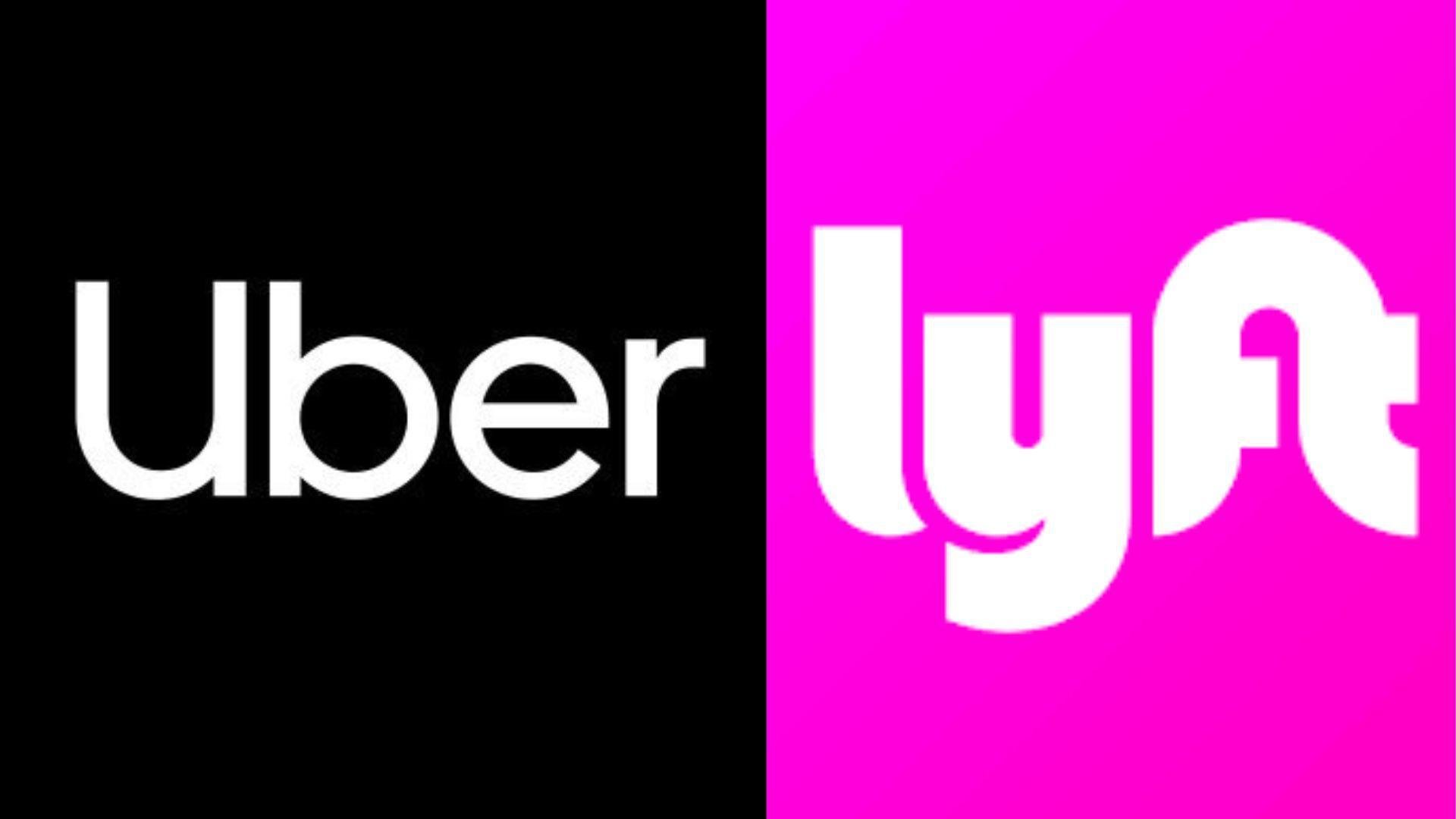
While Mayor Frey and the Minneapolis City Council were debating each of their proposed increases for rideshare drivers, companies like Uber and Lyft got wind of the situation and immediately threatened to leave the city if they passed.
Clearly, Frey was attempting to make sure his residents didn’t end up without the beloved and convenient companies. But now that the council has gone over his head, the city is waiting to see if Uber and Lyft will make good on their threat.
Uber and Lyft Have Until May 1st to Decide
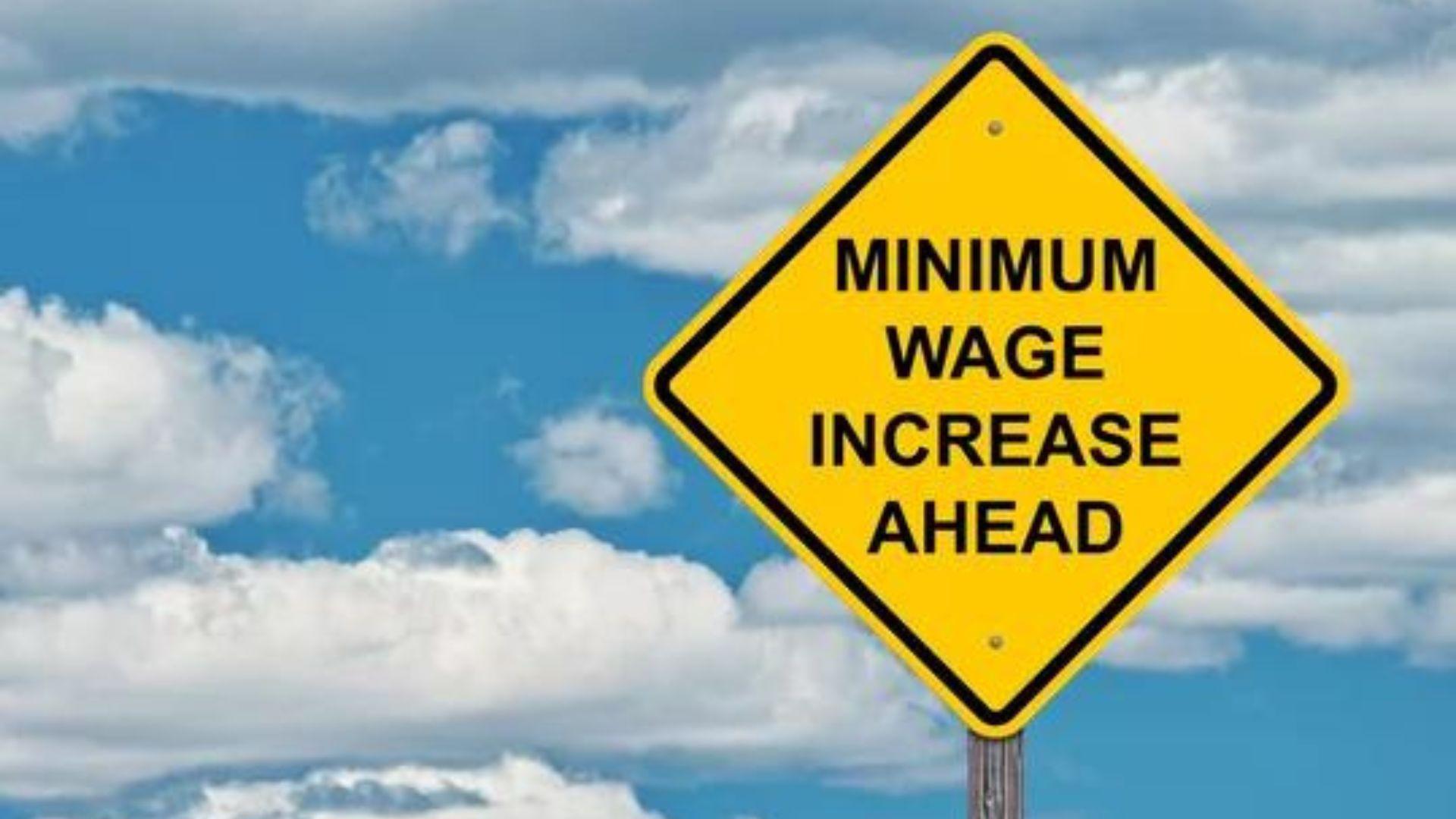
Technically, the council could adjust the ordinance if they wanted to before it becomes official legislation on May 1, 2024.
Which means that Uber and Lyft both have about six weeks to make their case and hope for a change, leave the city altogether, or simply deal with the increased pay requirements for their drivers.
The Companies Say This Change Will Double Rates for Riders
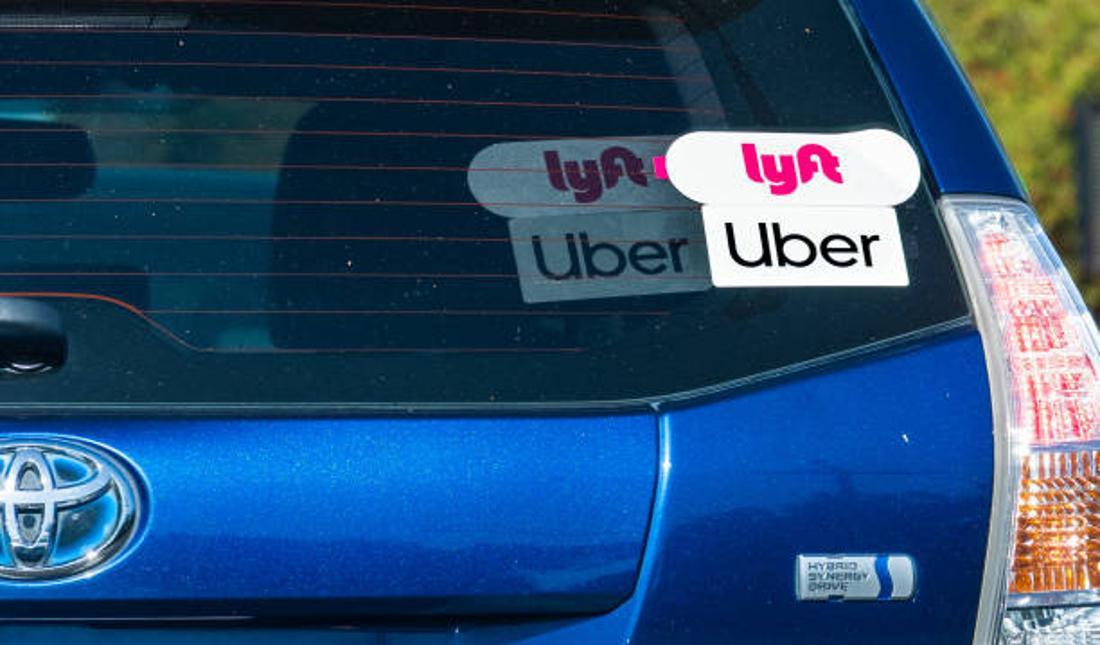
Uber and Lyft have both said that, while they believe in paying their drivers a fair wage, this significant increase will lead to rider fares almost twice as high as they are now.
They argue that such a spike in price will deter riders from choosing either of their companies as their preferred mode of transportation, which means their drivers may actually make less after the ordinance, not more.
Lyft Says the Ordinance Is “Unsustainable”
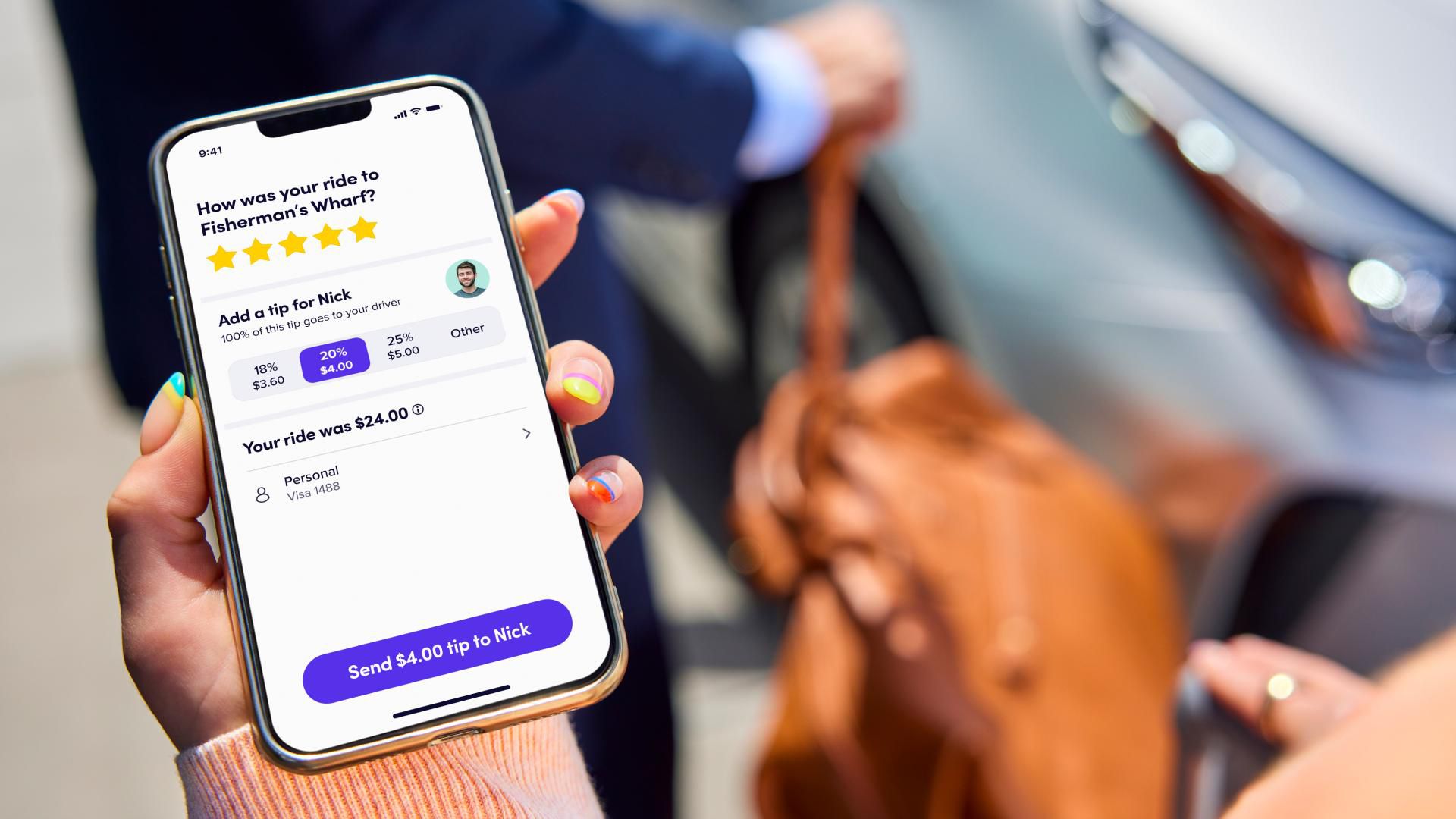
A spokesperson for Lyft told Business Insider, “We support a minimum earning standard for drivers, but it should be done in an honest way that keeps the service affordable for riders. This ordinance makes our operations unsustainable.”
The email continued, “As a result, we are shutting down operations in Minneapolis when the law takes effect on May 1.”
Both Uber and Lyft Have Made These Threats Before
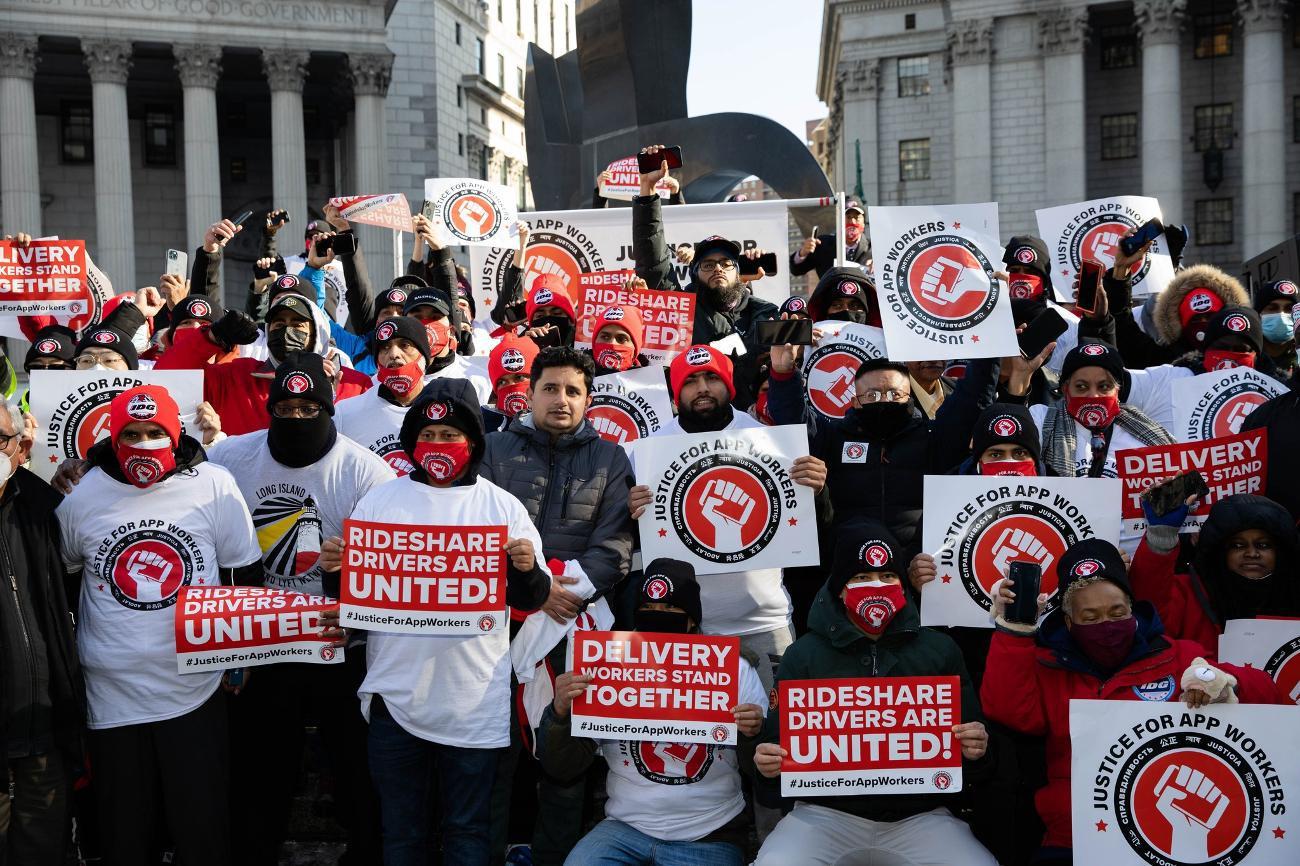
For several years, drivers for both Uber and Lyft have been protesting for more money from the multi-million dollar companies they work for. In response, both businesses have threatened to leave entire cities if the local governments impose higher wage requirements.
However, the only time they actually did leave a city was in Austin, Texas, in 2016, but they returned just months later in 2017. Therefore, most people, including the government officials who passed the ordinance and Minneapolis drivers, wholeheartedly believe that both Lyft and Uber are bluffing in order to get what they want.
Don’t Rideshare Drivers Make Enough Already?

The situation in Minneapolis has brought attention, yet again, to how much rideshare drivers actually make. The truth is that it’s almost impossible to pinpoint as the app algorithms constantly change throughout the month, week, and even the day.
But the vast majority of drivers argue they are not making nearly enough to survive, let alone thrive, working full time for any rideshare company. From hidden costs like gas, vehicle upkeep, and downtime in between rides, they say they desperately need a pay increase.
Every City Has Different Regulations for Drivers
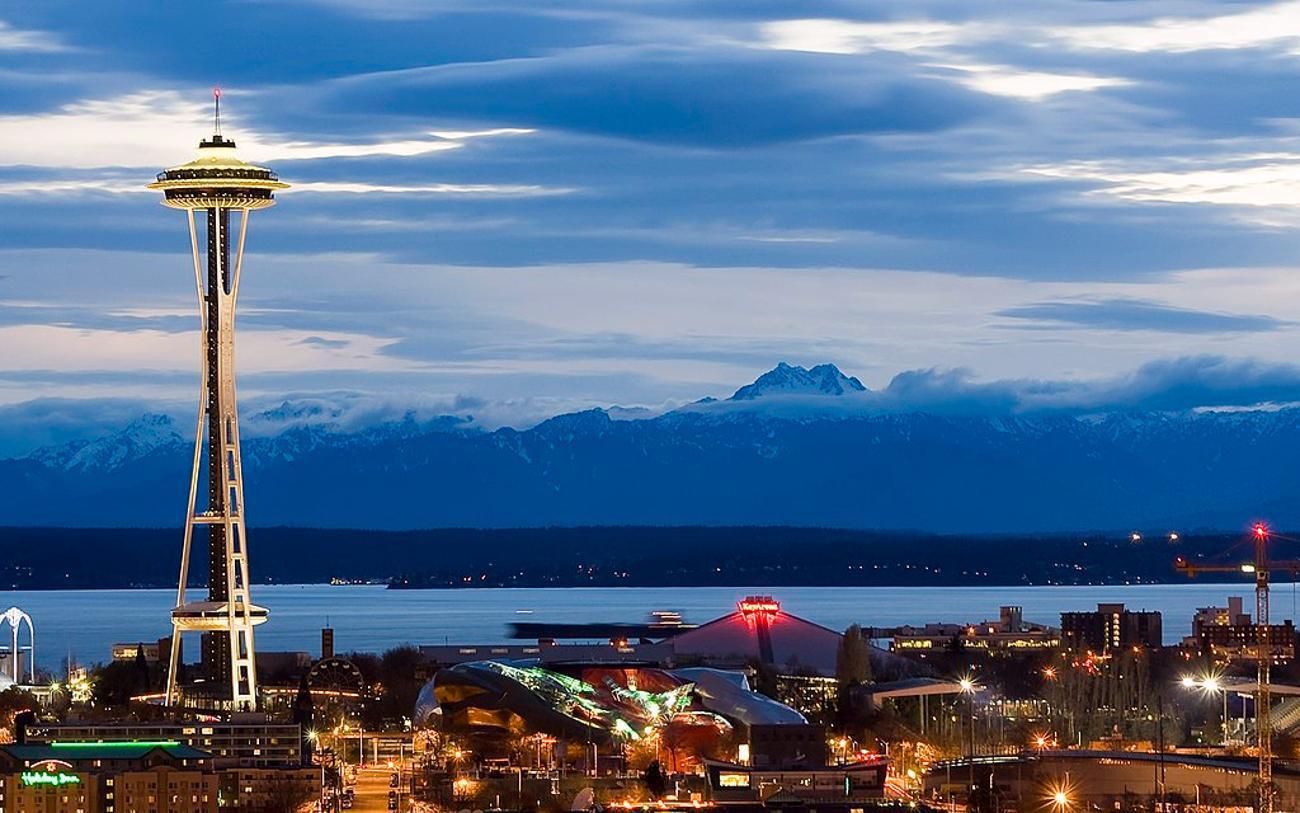
It’s important to note that every city or state has its own specific regulations for the minimum wage for rideshare drivers. For example, Seattle, Washington, increased its minimum to $1.38 per mile and $0.59 per minute in 2022.
Along with that increase came higher rates for consumers. But many are arguing that the cost of living and average wage are higher in Seattle, so raising the wages for drivers and costs for riders makes far more sense than it does in Minneapolis.
There’s One Big Difference Between the Regulations in Seattle and Minneapolis

However, there is actually another crucial difference between the legislation passed in Seattle and that which Minneapolis has recently approved. In Seattle, drivers are independent contractors, which means rideshare companies don’t have to offer benefits such as health insurance or overtime.
In contrast, the government in Minneapolis is not offering the same deal. Drivers will have to be gainfully employed by the company they work for, which will cost the business millions of dollars in the long run.
Minneapolis May Have to Find New Ways to Get Where They Want to Go

While some say Uber and Lyft are just bluffing and won’t actually leave Minneapolis behind, others are quite concerned about what it would mean for the city if they do.
Mayor Frey said in a recent interview that he and his city will have “a lot of work to do” if both Uber and Lyft truly do pull out on May 1st. And until they figure out a backup plan, Minneapolis residents will have to find new ways to reach their destinations.
